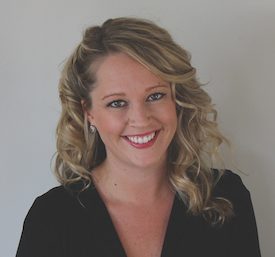Earlier this week, we established that first-time homebuyers are not, in fact, being shut out of the housing market as some had feared, thanks to a recent study by the Federal Reserve Bank of New York.
Rather, their share of market participation has remained stable over time, rising and falling slightly over the last 17 years in response to market conditions, but averaging about 45% of the overall market.
The NY Fed revealed that as of 2016, first-timers comprised a healthy 46% of homebuyers.
Now, a second part of that study aims to pinpoint the characteristics of these first-time buyers and note how they have changed over time.
The goal, the researchers said, is to help shape housing policy aimed at enhancing access to homeownership.
Here’s what they found:
First-time buyers generally take out smaller mortgages than repeat buyers.
And, this gap is widening. In 2000, the average origination mortgage balance was $117,000 for first-timers was and $143,000 for repeat buyers. In 2016, the average origination mortgage balance was $213,000 for first-timers was and $273,000 for repeat buyers.
First-time buyers traditionally have lower credit scores than repeat buyers.
In 2000, first-time buyers had an average credit score of 670, while repeat averaged 705 – representing a 35-point difference. The subsequent housing boom and then bust drew credit scores down around 2003 and then up again in 2007. They continued to rise until 2013 and then remained stable for three years. In 2016, the spread between the two was 37 points – relatively unchanged from 2000.
First-time buyers have smaller student loan balances than repeat buyers.
While in 2000, average student loan balances for both first-time and repeat buyers were about the same, around $13,000, although first-timers generally had a slightly higher balance. But average student loan balances have trended upward over the last 17 years, and the disparity between the two demographics grew. As of 2016, the conditional average student loan debt for first-time buyers was $29,000, compared with $42,000 for repeat buyers.
First-time buyers are getting younger every year.
The average first-timer was 35.4 years old in 2016 – quite a bit younger than 2000’s average of 37.9. The age of first-time buyers has increased incrementally every year for the past 17 years. Conversely, repeat buyers are getting older, averaging 44.7 in 2000 and reaching 47.5 in 2016.
First-time buyers are purchasing homes in cheaper neighborhoods than repeat buyers.
Researchers looked at the average income in zip codes where buyers were purchasing homes. They determined that there is a relatively consistent difference of about $9,000 in average income in neighborhoods chosen by first-timers versus repeat buyers.






